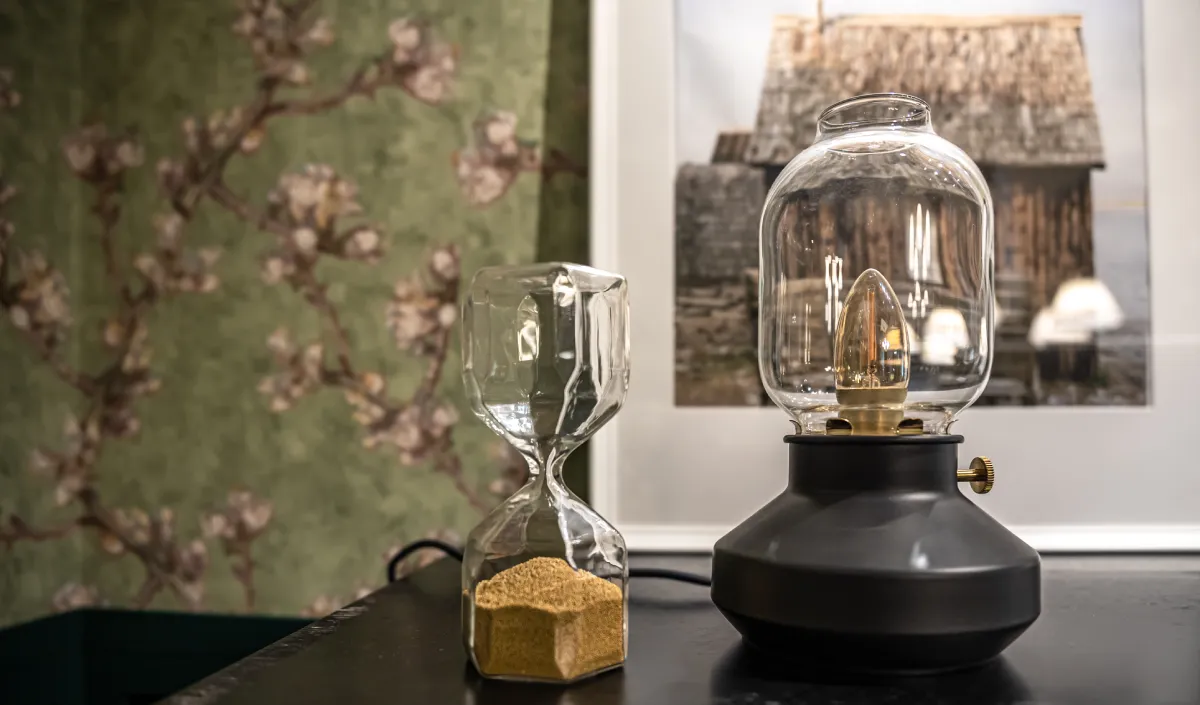Using Table Lamps to Enhance Art and Home Details
Lighting defines how we experience a space. It shapes colour, depth, and emotion. While overhead lighting provides function, accent lighting adds atmosphere and meaning. Among the simplest and most expressive forms of accent lighting are table lamps. With the right lamp in the right place, you can draw focus, enhance texture, and bring artwork or décor to life.
Every room tells a story through light. Table lamps allow that story to unfold naturally, creating gentle contrasts that make interiors feel intentional and composed.
Why Accent Lighting Matters
Accent lighting is about precision rather than power. It works quietly to guide attention and define mood. A well-placed table lamp can highlight a painting, sculpture, or textured wall in a way that feels natural. Without accent lighting, even the most carefully arranged space can appear flat or uninviting.
Table lamps excel in this role because they are adaptable. They can be moved, repositioned, or paired with different shades and bulbs to achieve the desired tone. They add character while giving you control over direction and diffusion.
How to Choose the Right Table Lamp
When selecting a table lamp for accent lighting, it helps to think beyond appearance. The right choice depends on what you want to emphasise.
Height and Proportion
For wall art or tall sculptures, choose a lamp that directs light upward. For smaller decorative items, a shorter lamp with a focused beam works better. The goal is to frame your subject without overwhelming it.
Shade Style
Shade materials affect how light spreads. Opaque shades direct light where you want it, ideal for highlighting objects or surfaces. Fabric or paper shades provide a softer, diffused glow that enhances the atmosphere.
Bulb Quality
Bulb temperature and colour rendering play a key role. Warm white light between 2700K and 3000K creates a comfortable tone. LED bulbs with a high colour rendering index (CRI) show true colour and texture, especially when illuminating art or fabric.
Base Design
The lamp base should complement your interior without competing for attention. Metal, glass, ceramic, or wood can each contribute to the room’s visual balance.
Placement Techniques That Shape Perception
Where you position a table lamp determines what people notice first.
- Highlighting Art: Angle the lamp slightly downward and off-centre to reduce glare on glass and create soft depth across the artwork.
- Accenting Sculptures: Place the lamp at a 45-degree angle to reveal dimension and shadow.
- Defining Corners: Use table lamps to brighten darker areas, adding warmth and visual weight to the room.
Even minor adjustments can change how light interacts with your décor. Experiment with placement until the light feels both natural and inviting.
Balancing with Other Light Sources
No single light can do everything. Accent lighting works best when layered with ambient and task lighting. Ceiling fixtures provide general illumination, while task lights serve practical needs. Table lamps then add softness and visual direction.
This layered approach creates comfort. It prevents rooms from feeling either too bright or too dim. A well-balanced mix of light sources also brings depth, helping key features stand out while maintaining harmony across the space.
Shadows, Texture, and Visual Interest
Shadows are just as important as light. They give form and texture, making objects appear more tactile and lifelike. Accent lighting should create contrast, not erase it.
Placing a table lamp beside a textured surface, such as a brick wall, woven fabric, or carved wood, can highlight details that might otherwise go unnoticed. The same effect works beautifully with art that has visible brushwork or layered materials.
Small changes in distance and angle can help you find the perfect balance between brightness and shadow.
Matching Lamp Style to Interior Design
Table lamps influence both the function and personality of a room. The design you choose should align with your décor style.
- Modern Spaces: Look for clean shapes, neutral colours, and materials like glass or brushed metal.
- Classic Interiors: Choose fabric shades, ceramic bases, and warm finishes that blend with wood and soft tones.
- Eclectic Rooms: Mix finishes, shapes, and colours to create visual energy and contrast.
Consistency helps the room feel unified, but one distinctive lamp can also serve as a design focal point.
Avoiding Common Mistakes
Even small errors can weaken accent lighting. A few points to watch for include:
- Bulbs that are too bright or too cool-toned.
- Lamps should not be placed too close to reflective glass or polished surfaces.
- Uneven colour temperature between multiple lamps.
- Overcrowded tabletops distract from the lighting effect.
Good accent lighting feels effortless. Each element should have space to breathe and a purpose in how it contributes to the room’s mood.
Bringing Art and Light Together
Accent lighting has a quiet influence. It doesn’t compete for attention; it enhances what is already there. A painting gains dimension, a sculpture feels more defined, and a simple corner becomes a visual anchor.
Table lamps make it easy to achieve this effect without complex installation or high cost. With thoughtful placement and design, they bring warmth, personality, and direction to your home.
For inspiration and styles suited to different interiors, explore a range of table lamp collections at Shopica, featuring options that blend design and function for every home setting.

Leave a Reply